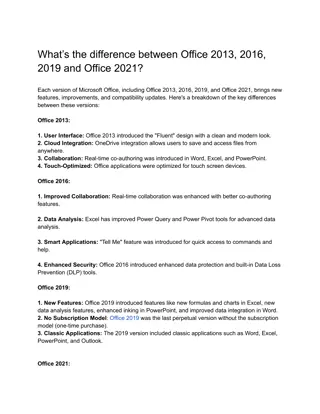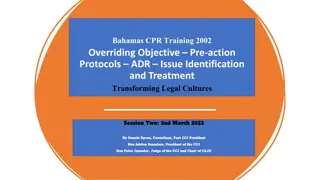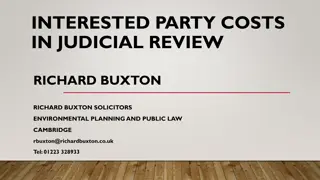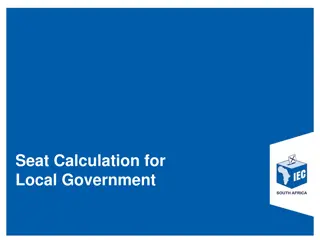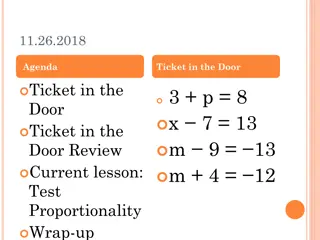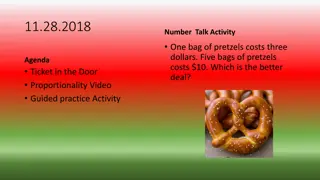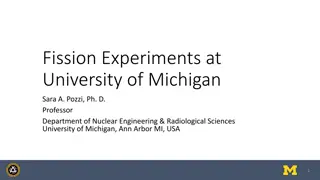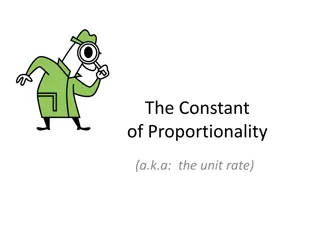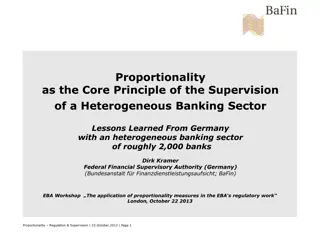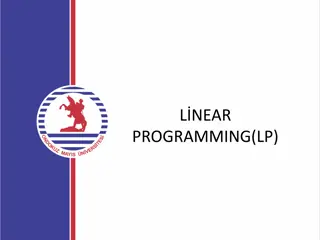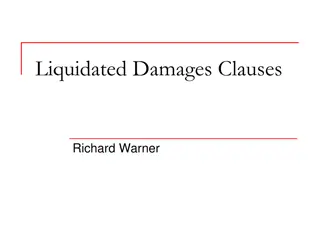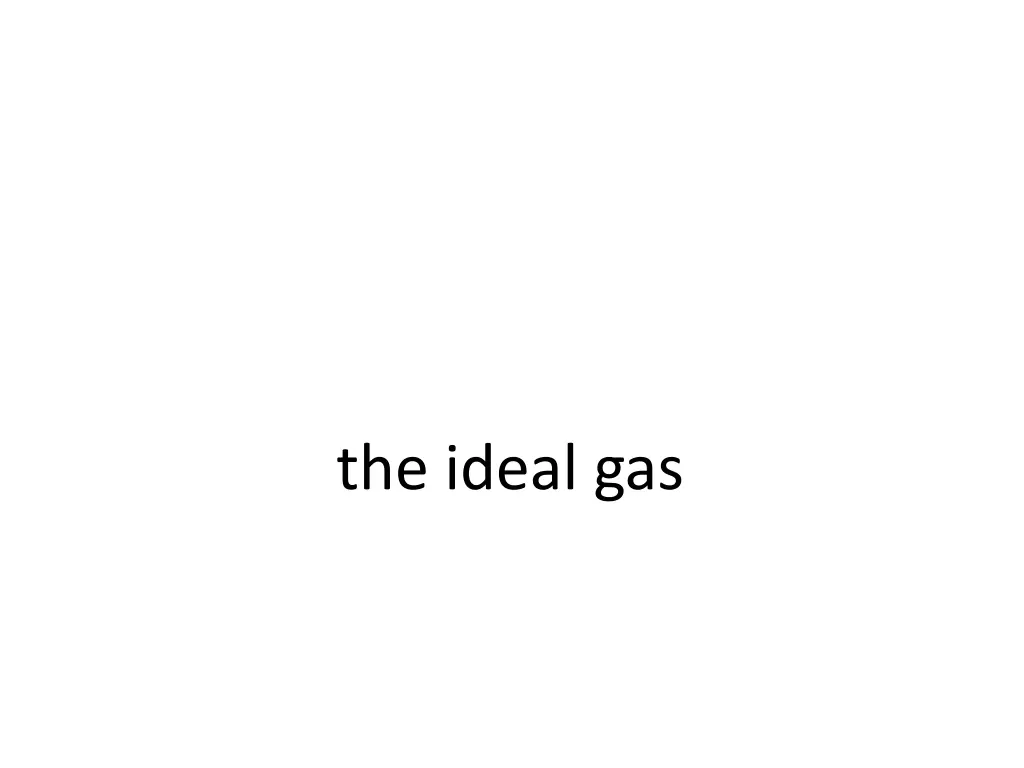
Understanding the Ideal Gas Law and Its Applications
Explore the principles behind the ideal gas law, relating pressure, volume, temperature, and the number of moles of gas. Learn how these factors interact and influence gas behavior within a container. Discover how changes in one variable affect others in gas equations.
Download Presentation

Please find below an Image/Link to download the presentation.
The content on the website is provided AS IS for your information and personal use only. It may not be sold, licensed, or shared on other websites without obtaining consent from the author. If you encounter any issues during the download, it is possible that the publisher has removed the file from their server.
You are allowed to download the files provided on this website for personal or commercial use, subject to the condition that they are used lawfully. All files are the property of their respective owners.
The content on the website is provided AS IS for your information and personal use only. It may not be sold, licensed, or shared on other websites without obtaining consent from the author.
E N D
Presentation Transcript
pV = nRT pressure Volume number of moles Temperature
pV = nRT For pV=nRT to work, temperature must be absolute. For an absolute temperature, T=0 means zero energy. Kelvin, K is an absolute temperature. K = oC +273.15
K = oC +273.15 What is 100 oC in K to the nearest whole number? What is 100 oC in K to one significant figure? What is 73 K in oC to the nearest whole number? What is 73 K in oC to one significant figure?
pV = nRT pressure is caused by gas molecules hitting the wall of the container. Volume is size of container. n is the number of moles of gas molecules. R= 8.3 J mol-1 oC-1 Temperature measures the kinetic energy of the gas molecules.
p n Keeping V and T constant: if we double n, we double p. if we triple n, we triple p. if we halve n, we halve p.
p T Keeping V and n constant: if we double T, we double p. if we triple T, we triple p. if we halve T, we halve p.
Keeping T and n constant: if we halve V, we double p. if we triple V, we reduce p by a third. if we double V, we halve p. we say p and V are inversely proportional p V-1 n = constant
deducing the ideal gas law based n the previous proportionality relations p V-1 p n p T p V-1 n T pV nT pV = nRT
pV = nRT If we keep T and V constant, if one doubles n what happens to p? If we keep n and T constant, if one doubles V what happens to p? If we keep n and p constant, if one doubles T what happens to V? If we keep p and V constant, if one doubles n what happens to T? p doubles, n doubles but V stays constant, what happens to T? p triples, V halves and n doubles, what happens to T?
directly proportional pV = nRT c = 2 r c r p n V,T constant
indirectly (inversely) proportional pV = nRT A = hw h w h w h w-1 p V-1 n,T constant Area constant
other proportionality relations exist. KE is proportional to velocity squared KE v2 if velocity doubles, what happens to KE? if velocity triples, what happens to KE? KE = m v2 if velocity halves, what happens to KE?
KE = m v2 velocity is proportional to square root of KE. v KE v2 =2 KE _______ m if KE quadruples, what happens to v? 2 KE _______ m v = if KE doubles, what happens to v? if KE halves, what happens to v?
Where applicable, please state the proportionality relation between the following pairs of quantities. If no proportionality relation exists, please state so. State also, where possible, the proportionality constants.
V= h x w x d d w V w2 x h V m m is constant V is constant h 1/w2 Mr. Fantastic
the exponent is 9. 7.2 ( 0.3)x 109 0.3 is the error bar. the digit 7 is the first significant figure. The most important part of a number is the exponent. The second most important part of a number is its first significant figure. The third most important part of a number is the error bar.
proportion- ality relation is a cubed relation 4 3 = _____ r3 Volume sphere proportionailty constant is 4 /3 4. The most important part of a chemistry equation is the proportionality relation. The second most important part of a chemistry equation is its proportionality constant.
What are the most important parts of the equations below? Please use the proportionality sign in your answers. pV = nRT KE = mv2



